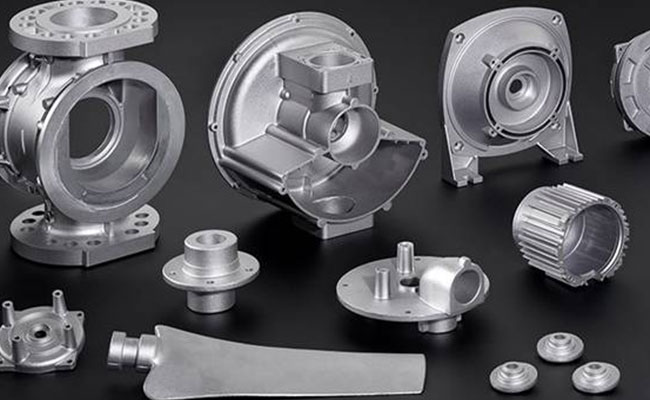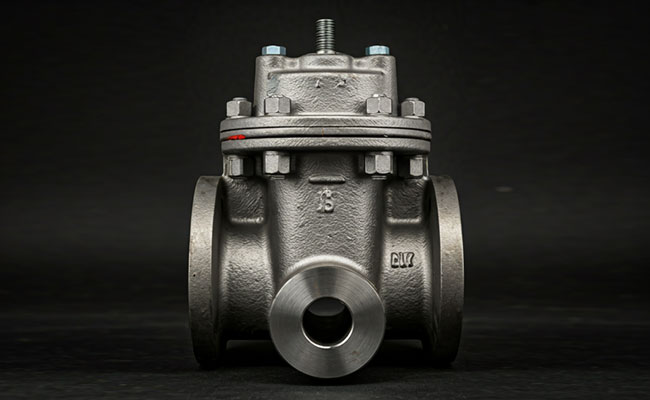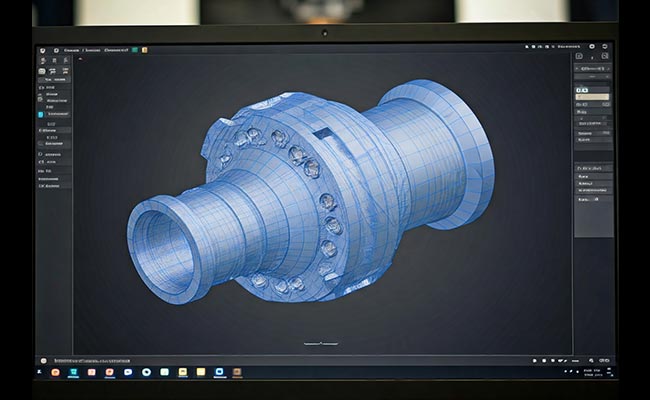
Season’s Greetings and Warmest Wishes!
2024-12-30
Application of steel casting in railway industry
2025-01-13Casting is widely used in the automotive industry due to its ability to produce complex shapes with high precision and durability. Here are some common applications of casting in automotive manufacturing:
1. Engine Components
- Engine Blocks: Casting is used to make engine blocks, which form the core of the engine. Cast aluminum and cast iron are commonly used due to their strength, durability, and heat resistance.
- Cylinder Heads: These are often made using casting techniques, such as sand casting or die casting, to form the complex structure of the head.
- Pistons: Aluminum pistons are often produced through die casting, which allows for better cooling and reduces the weight of the piston, improving engine performance.
- Crankshafts: Cast steel or cast iron crankshafts are commonly used because of the material’s ability to withstand high stress and vibration.
2. Transmission Components
- Transmission Housings: Castings are used to create the complex shapes of transmission housings, which house the gears, shafts, and other critical components of the transmission system.
- Differential Cases: Differential housings, which house the gears that control power distribution to the wheels, are also cast, usually from aluminum or cast iron.
3. Suspension Components
- Control Arms: Aluminum and steel control arms used in suspension systems are often made via casting to achieve the required strength while reducing weight.
- Steering Knuckles: These are essential parts of the steering mechanism and are usually made from cast iron or steel to provide durability and stability under load.
4. Braking System Components
- Brake Rotors (Discs): Cast iron is commonly used to manufacture brake rotors due to its excellent thermal conductivity, which helps dissipate the heat generated during braking.
- Calipers: Aluminum or cast iron is used for brake calipers, which house the brake pads and act on the brake discs.
5. Exhaust System Parts
- Exhaust Manifolds: These are typically made of cast iron or aluminum. The casting process allows for the complex shapes needed to direct exhaust gases from the engine to the exhaust system.
- Turbocharger Housings: Turbocharger housings are also made from cast metals, typically high-strength aluminum or iron, to handle high temperatures and pressures.
6. Chassis and Structural Components
- Frame Parts: Many automotive frames, subframes, and cross-members are made using casting, especially when using aluminum to reduce weight without compromising strength.
- Battery Casings (Electric Vehicles): In electric vehicles (EVs), casting is used to create the battery enclosures, which need to be strong, lightweight, and corrosion-resistant.
7. Vehicle Body Parts
- Door Frames: In some cases, vehicle door frames, which require both strength and relatively low weight, are cast.
- Bumpers and Reinforcements: Certain automotive bumpers, especially in high-performance vehicles, are made using casting, especially for crash resistance and structural integrity.
8. Cooling System Components
- Water Pumps: Cast components are used in the water pump housing, which circulates coolant through the engine to regulate temperature.
- Radiators and Oil Coolers: Cast aluminum or cast iron is used for the housings of these components due to their lightweight nature and resistance to corrosion.
9. Electric Vehicle (EV) Components
- Battery Trays: In electric vehicles, casting is used to create the large trays that hold the battery cells in place. These are often made from lightweight aluminum or high-strength magnesium alloys.
- Motor Housings: The casings for electric motors in EVs are typically made through die casting or sand casting techniques.
Types of Casting Methods Used in Automotive Industry:
- Die Casting: Used for high-volume production of parts, particularly when high precision and smooth surface finishes are required. Common for aluminum engine blocks, transmission components, and some suspension parts.
- Sand Casting: More traditional and less expensive; used for larger parts like engine blocks, cylinder heads, and brake components.
- Investment Casting: Used for parts that require intricate details, high precision, and superior surface finish, such as some engine components and turbine blades.
- Permanent Mold Casting: Common for producing medium to high-volume parts, such as transmission components and small engine parts.
- Gravity Casting: Often used for creating automotive parts from aluminum or other non-ferrous metals.
Benefits of Casting in Automotive:
- Complex Geometries: Casting allows for the production of intricate and complex part geometries that would be difficult or expensive to manufacture using other methods.
- Material Flexibility: A wide range of materials can be used in casting, such as aluminum, iron, steel, and magnesium alloys, allowing for optimization of properties like strength, weight, and cost.
- Cost-Effective: For high-volume production, casting can be very cost-effective, especially when compared to machining from solid metal.
- Weight Reduction: Lightweight materials such as aluminum casting are crucial in automotive manufacturing, helping to reduce vehicle weight and improve fuel efficiency.
- Durability: Cast parts, particularly when made from high-quality materials, are often very durable and capable of withstanding extreme stresses and temperatures.
Casting continues to be a critical process in the automotive industry, enabling the production of high-performance, lightweight, and durable components at scale.




